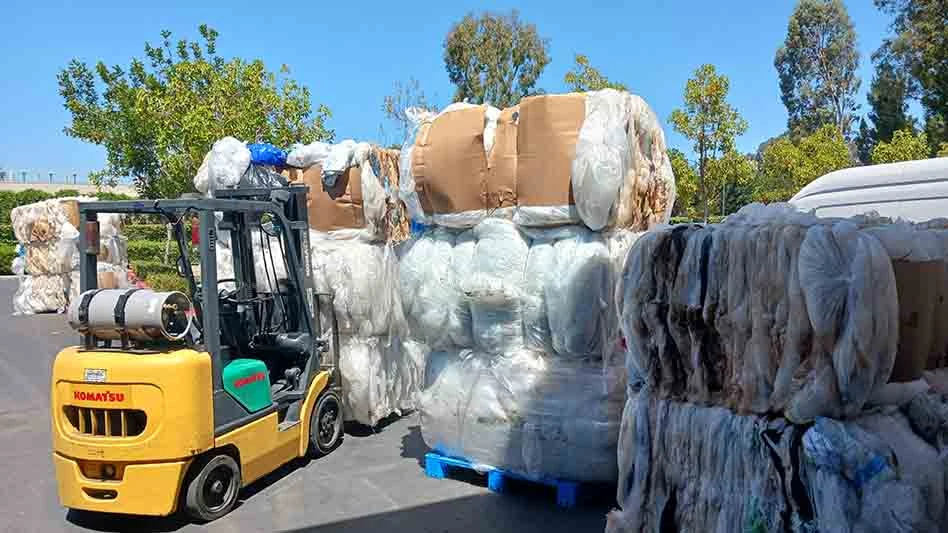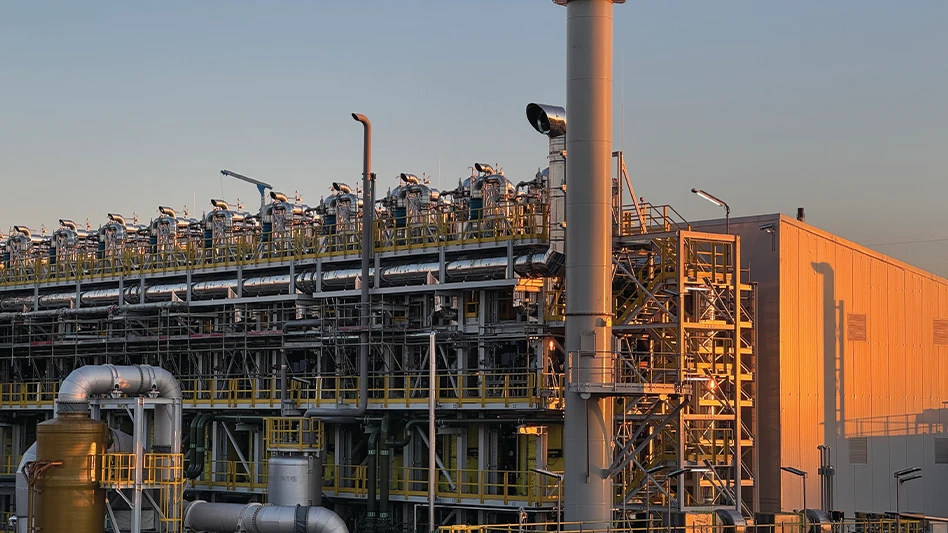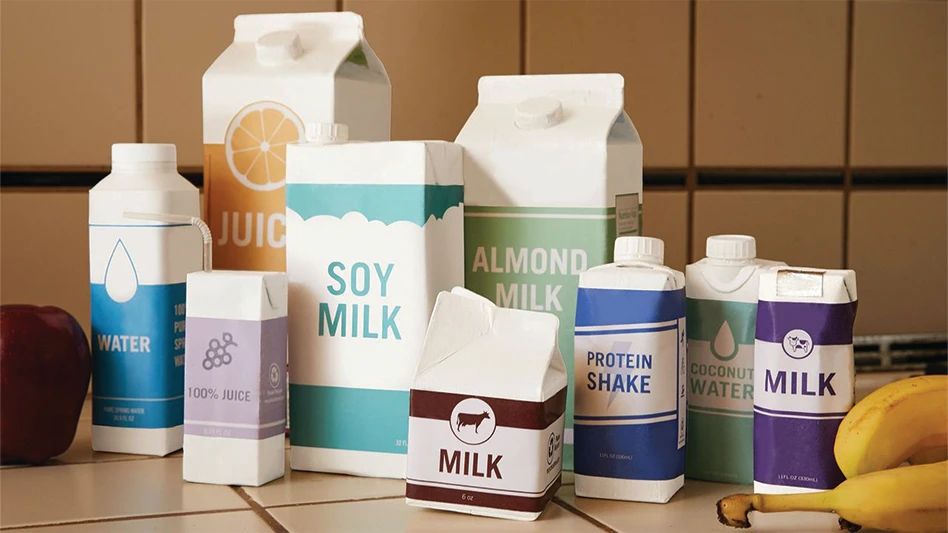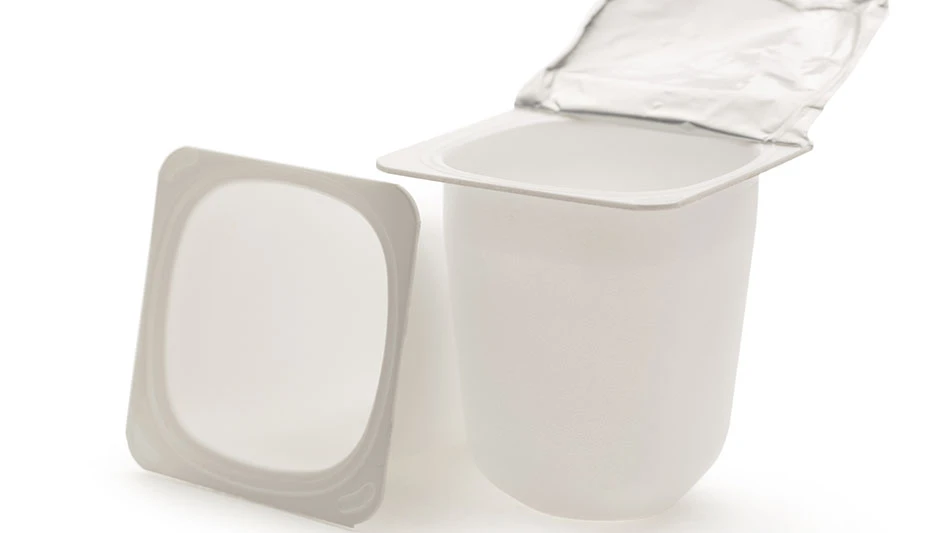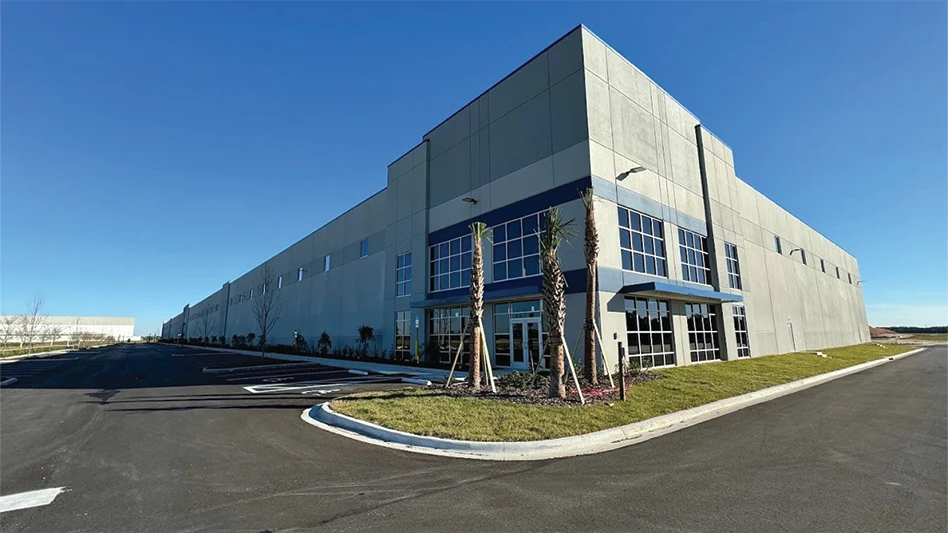During the several decades of growing popularity enjoyed by auto shredding plants, how to best dispose of or recycle the nonmetallic fraction of shredded material has remained a critical issue.
With the European Union (EU) having set a 95% recycling rate target for end-of-life vehicles (ELVs), shredder operators, manufacturers and research teams hired by them have been focusing on recycling over disposal—with energy recovery occupying a spot straddling the two alternatives.
There has been no shortage of companies touting a solution (or at least a better path compared to outright disposal) to treat or handle auto shredder residue (ASR).
A non-scientist covering this aspect of the recycling industry faces limitations as far as critiquing these emerging recycling or energy recovery methods.
As best as can be determined, here are a few of the methods and touted advances for handling ASR that auto shredder operators can consider should they be ready to invest in a new option.
Plastic to Plastic
At the Bureau of International Recycling (BIR) 2011 World Recycling Convention in Singapore, Olivier François of Belgium’s Galloo Group offered a presentation to the BIR’s Shredder Committee.
François announced his company’s AD REM joint venture with the Valtech Group, which owns the exclusive rights to a bi-directional barrel separator. In certain applications and projects, said François, the barrel separator has helped achieve end-of-life vehicle recovery rates of greater than 90%.
Galloo Group, which operates auto shredding plants and other recycling facilities in Belgium, the Netherlands and France, and its Halluin, France-based plastics recycling sister company Galloo Plastics, have been aggressively seeking recycling solutions for the plastic ASR fraction.
According to the Galloo Plastics website, this division focuses on “the recycling of thermoplastic materials from end-of-life consumer goods (including end-of-life vehicles)” and the division is “set to produce 25,000 tonnes of granulate” per year.
The plastic granules can be used in a variety of applications, according to Galloo Plastics, including by “European automobile manufacturers, [in] the construction and agricultural sectors [and with] 40% of goods produced by Galloo Plastics exported, mainly to European countries but also to Brazil and Mexico.”
Marketing the metal recovered helps pay for the extensive process, as does producing a series of recycled-content plastic products that can be marketed to a variety of manufacturers.
The company’s goal is comprehensive: “Galloo Plastics plans to be in a position to recover and recycle 100% of all thermoplastics present in the products that it reprocesses.”
According to the Galloo website, the company devotes 4% of its annual revenue to research and development, working in cooperation with “universities and research centres.”
A write-up of Galloo’s ASR recycling process by Plastics Technology magazine (available at www.ptonline.com) says Galloo’s process involves grinding ASR to a 25-millimeter size and a combination of steps involving wet density separation, size classification, air classification and eddy current separators to remove any remaining traces of metal. The wet density system was developed in cooperation with American technology provider Engineering and Separation Technology LLC (www.esrla.com).
In the United Kingdom since the fall of 2010, one of that country’s largest auto shredder operators, European Metal Recycling Ltd. (EMR), has been operating a plant in Worksop, England, designed to process the ASR produced at EMR’s multiple shredding plants.
American research and technology also plays a role in this effort, as EMR has teamed up with United States-based MBA Polymers Inc.
 The two companies announced their joint venture in 2007 and held an open house event for the Worksop facility in the fall of 2010. “The joint venture plans to [operate] a 60,000-tons-per-year processing plant,” the two companies announced in a news release at that time.
The two companies announced their joint venture in 2007 and held an open house event for the Worksop facility in the fall of 2010. “The joint venture plans to [operate] a 60,000-tons-per-year processing plant,” the two companies announced in a news release at that time.
On its website (www.mbapolymers.com), MBA describes the plant as “the largest and most advanced plastics recycling plant in the world that focuses on recovering the waste plastics and rubber from ‘shredder residue’ otherwise headed to landfill.”
The plant site, according to MBA, covers approximately 13 acres and has approximately 11,700 square metres under roof. “It has an immediate processing capacity of 60,000 tonnes per year but is designed for quick expansion to 80,000 tonnes per year,” says the website.
MBA Polymers founder and president Michael Biddle says of the Worksop joint venture, “This plant will allow us to continue to expand our product offerings to our customers around the world who are responding to growing internal and external pressures to manufacture more sustainable products and who are increasing their use of recycled plastics.”
For its part, EMR has opened a scrap recycling facility in Worksop immediately adjacent to the ASR recycling joint venture plant. “The site is licensed to accept End of Life vehicles and is equipped with a specialist de-pollution rig,” says EMR General Manager Ian Sheppard.
According to a December 2011 EMR news release, the new Worksop scrap recycling location “takes the number of EMR sites in the U.K. to over 70 and moves the international total to over 150.”
Chris Sheppard, EMR’s managing director, says, “We process a lot of complex end-of-life products from old cars to waste electronics and while we have always been highly efficient and innovative in recovering the metal content, plastic has been a big challenge. The post-shredder upgrading and the processing through MBA Polymers represents a major breakthrough in plastic recycling and a significant step forward in our journey towards zero waste. The exciting thing is that, as with the steel and the high value metals, this plastic can be used in high quality applications, allowing genuine closed loop recycling.”
In Germany, the VW-SiCon process developed there (see “Science Class” in the May/June 2011 issue of Recycling Today Global Edition) traces back to 1999, when auto manufacturer Volkswagen (VW), based in Wolfsburg, Germany, and sorting and recovery plant builder SiCon GmbH of Hilchenbach, Germany, teamed up to develop a solution for ASR-recovery.
The VW-SiCon process can produce, with its Polyfloat® system (a density-based plastic separation system), a polyolefin fraction free of wood and rubber, says SiCon’s Heiner Guschall.
The content of heavy metals is negligible (for example, copper at less than 100 parts per million), he says, meaning “VW-SiCon produces final products that are highly marketable.”
To achieve a 95% recovery rate with a focus on recycling, it is not enough to separate a small portion of polyolefin alone, says Guschall, as “this could hamper the recovery of the rest of the shredder granules (plastics).”
Thus, VW-SiCon has solutions that transfer from 85% to 90% of the plastics into marketable products with market value. In addition to these recycling paths, it also provides an option of making alternative fuels with chlorine contents of 0.4 to 0.6%, according to Guschall.
Plastic to Energy
The number of companies willing to convert ASR into energy also has resulted in a competitive landscape.
Among the companies building plants designed to convert ASR into fuels is Agilyx, based in Oregon in the United States.
On the company’s website, www.agilyx.com, Agilyx says it “uses a patented, fully permitted process that converts ground [plastic scrap] into synthetic crude oil.” The Agilyx system consists of four primary vessels and associated secondary processing equipment, says the company.
“This base system is capable of converting approximately 10 tons of plastic into approximately 60 barrels (or approximately 2,400 gallons) of oil per day.”
Agilyx says its technology is scalable, and that it “provides for the ability to scale the processing capacity to meet a customer’s requirements in increments of 10 tons per day by combining multiple base systems together.”
As well, the company says its exhaust system manages the hot air produced by all of the processing units, while one environmental control device “scrubs all of the non-condensable gases, ensuring that the system meets the most stringent air quality requirements.”
Another company based in the United States, Vadxx (www.vadxx.com), says its technology can convert ASR to yield synthetic crude oil, natural gas and a carbon “char” product.
Vadxx Chief Operating Officer Sean Arnold says the company’s business model is designed to meet the capital, space and feedstock requirements required to be viable in the marketplace. “We need a barrel of crude oil to sell in the $35 to $45 range to break even,” Arnold says. (As of early May 2012, crude oil was selling for approximately $97 per barrel.)
Chinook Sciences (www.chinooksciences.com) and its sister company Chinook Energy are among the other competitors in this sector.
At the 2010 BIR World Recycling Congress in Istanbul, Michael Dines, director of operations of United States-based Chinook Sciences, gave a presentation about that company’s gasification technology and its application in the ASR arena.
As reported in the Sept./Oct. 2010 Recycling Today Global Edition feature “The Race to 95%,” Chinook’s patented gasification technology, known as RODECS, “has a 10-year commercial operating history and is in its eighth design generation,” according to Dines.
At the time, Chinook was undertaking projects in the U.K. and in the U.S. One of the installations in the U.S. was being built to take in ASR and generate 41 megawatts per hour of electricity.
“The primary objective [is] to recycle the valuables in the feedstock by gasifying the organics; heat and electricity are produced as a byproduct. The metal and glass is recovered in a segregated way, without generating low-value slag,” according to Chinook.
As of an October 2011 news release, Chinook says interest and investment in its technology has remained strong, particularly in the U.K., where it has expanded its office and research space in Nottingham.
“Chinook’s RODECS technology continues to buck the current economic doom and gloom by securing new partnerships throughout Europe and the U.S.,” the company states.
The author, editorial director of Recycling Today Global Edition, can be contacted at btaylor@gie.net.
Get curated news on YOUR industry.
Enter your email to receive our newsletters.
Latest from Recycling Today
- Arizona AG says consumers were misled over recycling bags
- PRE warns European plastic recycling industry facing ‘imminent collapse’
- NWRA, Informa partner to launch Waste Leadership Summit
- Circular Action Alliance appoints new executive director in California
- Aduro reports fourth-quarter, FY25 results
- EverestLabs announces first international deployment
- Sunnyvale, California, awards contract to BHS
- Scrap Expo session preview: Technology Spotlight—Refining Recovered Metal
